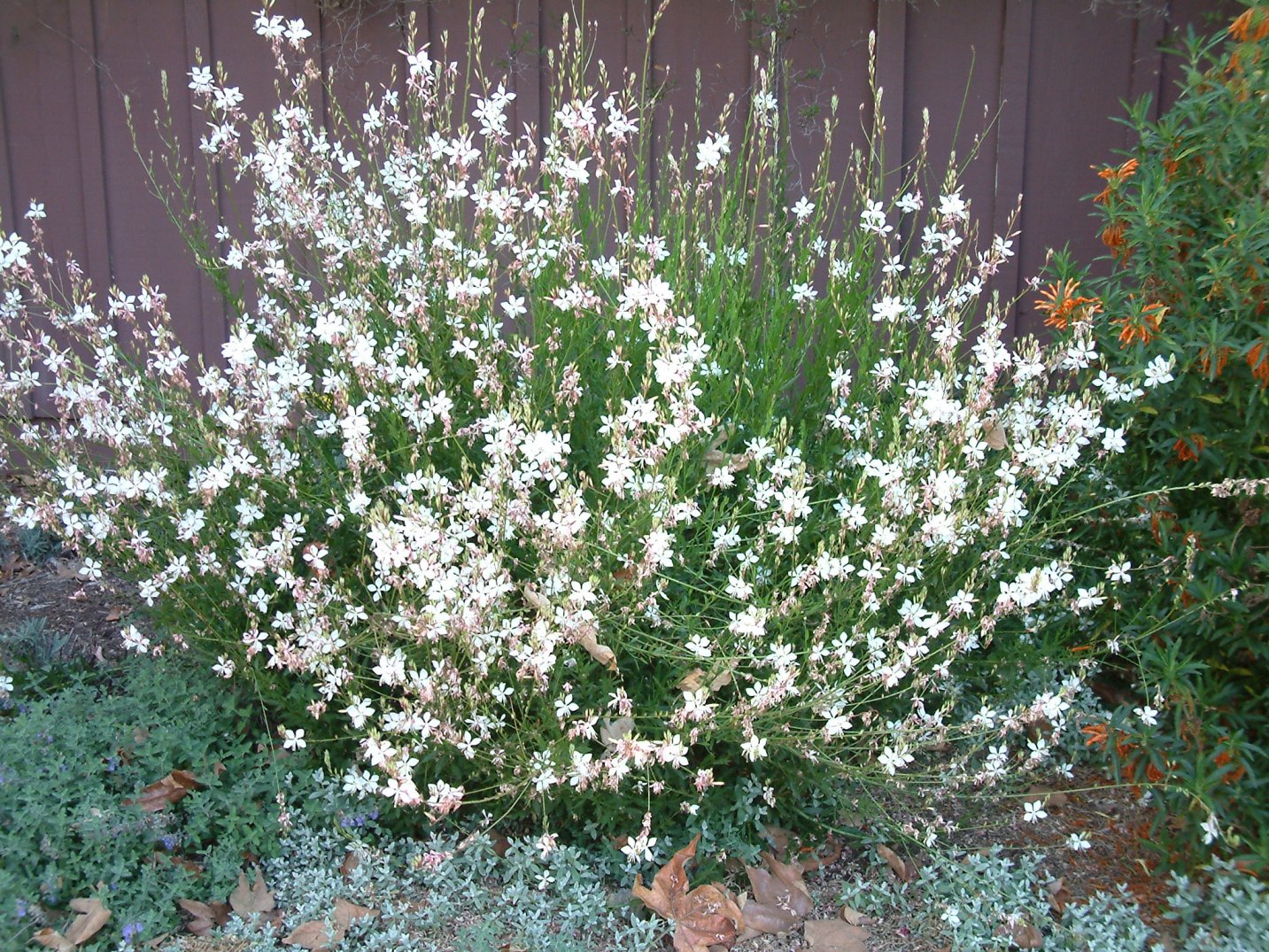Absolutely! Here’s a 3000-word article about Gaura lindheimeri, covering its botany, cultivation, uses, and more, with list items converted to headings.

Taxonomy and Origin
Physical Description
This herbaceous perennial typically forms a bushy clump, reaching heights of 2 to 5 feet and spreading 2 to 4 feet wide. Its slender, upright stems branch freely, creating a loose, airy structure. The leaves are lance-shaped, often with serrated edges, and range from green to reddish-purple, depending on the cultivar and environmental conditions.

Flowers
The most striking feature of Gaura lindheimeri is its flowers. They are small, typically around 1 inch in diameter, with four petals that open wide, resembling miniature butterflies or whirling dervishes. The flowers emerge from the stem tips in long, slender racemes, creating a continuous display of blooms from late spring through fall. The flowers are typically white, but pink and rose cultivars are also available.
Roots
Gaura possesses a deep taproot, which contributes to its drought tolerance. This root system also makes it challenging to transplant established plants.
Growing Conditions
Planting
The best time to plant Gaura is in spring or fall. Space plants about 2 to 3 feet apart to allow for their mature spread. Dig a hole slightly larger than the root ball and amend the soil with compost or other organic matter to improve drainage and fertility.
Watering
Newly planted Gaura requires regular watering to establish a strong root system. Once established, it needs minimal supplemental watering, even during dry periods. Overwatering should be avoided.
Fertilizing
Gaura is not a heavy feeder and generally does not require frequent fertilization. A light application of balanced fertilizer in spring can promote healthy growth and flowering. Avoid excessive fertilization, as it can lead to leggy growth and fewer blooms.
Pruning and Maintenance
Pinching back young plants can encourage branching and create a bushier form. Deadheading spent flowers can prolong the blooming period. In late fall or early spring, cut back the stems to a few inches above the ground to promote new growth.
Propagation
Gaura can be propagated by seed, division, or cuttings. Seed propagation is straightforward; seeds can be sown indoors in late winter or directly outdoors after the last frost. Division is best done in spring or fall, while cuttings can be taken in late spring or summer.
Common Pests and Diseases
Gaura is relatively pest- and disease-resistant. However, it can be susceptible to root rot in poorly drained soils. Aphids and spider mites may also occasionally attack the plants.
‘Whirling Butterflies’
This is one of the most popular cultivars, known for its abundant white flowers and compact growth habit. It reaches about 3 feet tall and produces a profusion of blooms throughout the summer.
‘Siskiyou Pink’
This cultivar features delicate pink flowers that add a soft, romantic touch to the garden. It is slightly shorter than ‘Whirling Butterflies,’ typically growing to about 2 to 3 feet tall.
‘Crimson Butterflies’
This variety is prized for its deep pink to crimson flowers, which provide a vibrant splash of color. It is a newer cultivar that has gained popularity for its intense hue.
‘Passionate Blush’
This cultivar has a soft pink flower that fades to white, giving a two toned appearance. It is very heat tolerant.
‘Rosy Jane’
This variety has white flowers that open with pink edges, creating a very unique appearance.
Border Planting
Cottage Gardens
Its informal, natural appearance makes it a perfect fit for cottage gardens, where it can blend seamlessly with other flowering perennials.
Xeriscaping
Due to its drought tolerance, Gaura is ideal for xeriscaping, a landscaping technique that minimizes water usage.
Container Gardening
Gaura can also be grown in containers, adding vertical interest and a touch of elegance to patios and balconies.
Wildlife Gardens
The flowers of Gaura lindheimeri attract butterflies, bees, and other pollinators, making it a valuable addition to wildlife gardens.
Cut Flowers
The long, slender stems of Gaura make excellent cut flowers, adding a touch of whimsy to floral arrangements.
Pollinator Attraction
Gaura flowers are a significant source of nectar and pollen for various pollinators, including bees, butterflies, and moths. This makes it an important plant for supporting biodiversity and ecosystem health.
Soil Stabilization
The deep taproot of Gaura helps to stabilize soil and prevent erosion, particularly in dry and rocky areas.
Natural Habitat Restoration
Native American Uses
Native American tribes, particularly those in the southern United States, used various parts of Gaura for medicinal purposes. The roots were sometimes used to treat digestive ailments, and the leaves were used in poultices for wounds.
Symbolism
In the language of flowers, Gaura often symbolizes grace, elegance, and lightness. Its airy appearance and delicate blooms convey a sense of gentle beauty.

